












by Kathy Wolfe
Tidbits hasn’t lost its marbles, but rather has located these facts on an ancient form of play.
• Marbles have been found in the tombs of ancient Egyptians and in the volcanic ashes of Pompeii, ruins that date back to the eruption of Mt. Vesuvius in 79 A.D. Archaeologists discovered the cityof Mohenjo-daro, Pakistan in 1911, and identified small balls of stone as marbles. The city was one of the world’s earliest, inhabited by40,000 people from 2500 to 1700 B.C. Ancient Greeks and Romans used polished nuts for the game, while early Native American tribes played with round stones worn smooth byrunning water.
• William Shakespeare mentioned marbles in his romantic comedy play “Twelfth Night,” written around 1601. During those times, most of the marbles were made from clay. In the 18th century, marbles were made from chips of marble, givingthem their name.
• In 1884, Sam Dyke of Akron, Ohio, invented a wooden block with six grooves, each for a lump of clay. Rolling a wooden paddle over all the balls at once with a backand-forth motion created six marbles. Before long, his factory was mass-producing marbles, and in 1891, Dyke established The American Marble & Toy Manufacturing Company. His 350 employees were producing a million clay marbles every day, enough to fill five train boxcars, leading to the company’s rank of the nation’s largest toy company.






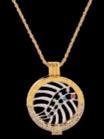


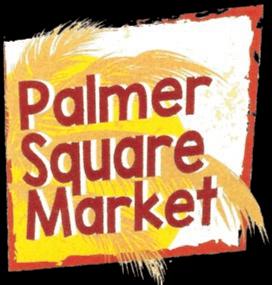
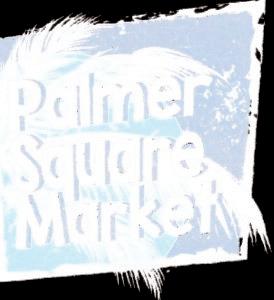
























is Published & Distributed Weekly By: CindAl Publishing Company 812 55th St. Vienna, WV 26105 e-mail: alan@tidbitsmov.com
Advertising: 304.210.3812
We reserve the absolute right to accept, reject, discontinue or refuse any advertisement personal or commercial that we deem may not be conducive for our publication or Tidbits®. The publisher does not assume any responsibility for the claims of its advertisers. Tidbits® is committed to remain a family oriented publication. www.tidbitsmov.com
• Prior to Sam Dyke’s invention, marbles were expensive to produce because each was created by hand, one at a time. Once mass production started, the price plunged from a penny each to a bag of 30 for the same price. Dyke’s clay creations were nicknamed “commies” by kids who played with them, because they were the most common.
• In addition to the clay marbles, Dyke’s factory produced glazed stoneware and other small clay children’s toys. He expanded into marbles made of porcelain, which became the best shooter marbles. In 1904, tragedy struck when fire broke out in the factory, burning it to the ground. As soon as the ruins cooled, most of Akron’s young boys were digging in the ashes, filling their pockets with marbles.
• In 1903, another Akron inventory, Martin Christensen, began mass-producing glass marbles on a machine he had patented. For the next 14 years, M.F. Christensen & Son Company manufactured millions of glass marbles until the factory closed in 1921 following the deaths of both M.F. and his son. Christensen’s invention employed a screw conveyor with two grooved cylinders spinning next to each other. Molten glass was placed between the cylinders and was shaped into a sphere by the rolling cylinders and cooled as it moved down the conveyor.
• The Christensen’s most common marble was known as a slag, with a swirling pattern of a transparent colored base with opaque swirls. A Christensen marble can command between $200 and $400 today.


In this issue of TidbitsMOV our boy Tommy Tidbits is hiding

When you find him, to enter the weekly contest, please send us a message including your name, POSTAL MAIL address, the issue number you are referring to and which ad is hosting Tommy for the week! Visit www.tidbitsmov.com or send the answer with the above information to alan@tidbitsmov.com OR you may send us a private message to our Facebook page - Tidbits MOV. PLEASE do not post the answer directly to the page - that ruins the fun for everyone. All winners will be drawn randomly from correct responses and will be posted weekly. As with all our contests, though you are welcome to play every week, you are only eligible for one winner per household per month.




Lyle S From Vienna Found Tommy In Issue 1259








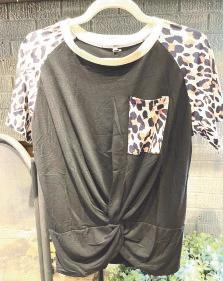
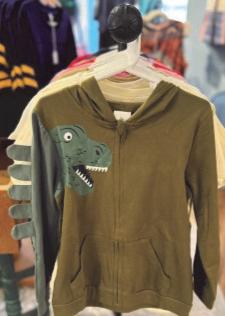

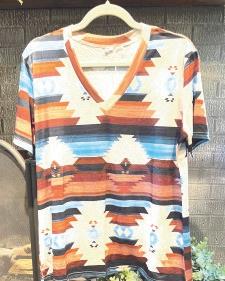

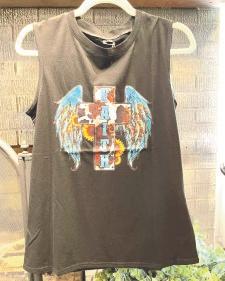
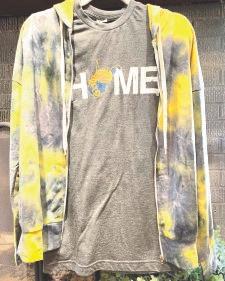






• Yet another Akron-based company entered the market in 1911, Akro Agate Company, which initially merely purchased marbles from Christensen and packaged them under the Akro label. When Akro became the first to patent a fully-automated manufacturing process in 1914, they relocated to West Virginia, due to the availability of glass sand and cheaper natural gas. For most of the company’s history, from 1914 to 1951, Akro was the nation’s largest producer of marbles. Stiff competition from Japanese imports forced the company into bankruptcy in 1951.
• Today, there are only two U.S.-based marble manufacturers, one in Ohio and one in West Virginia, reflecting the origins of production.
• The many types of marbles take their name from their appearance, their purpose, or the material they’re made from. “Aggies” are marbles made from agate, while “alleys” are made from alabaster, and “steelies” from steel. A large marble used to bump smaller ones around is known as a “shooter,” “boulder” or “taw,” with those smaller marbles called “mibs” or “ducks.” Glass marbles that have swirls of layered colors over their entire length are called “onionskins.”
• How do you play marbles? There’s no single game called “marbles,” and the term can refer to any game that uses marbles. In a tournament, the most common game is “Ringers,” played with 13 marbles spaced 3 inches (7.62 cm) apart, arranged in an “X” in the middle of a ring 10 feet (3.04 m) in diameter. The object is to shoot the marbles out of the ring from outside the circle, while keeping the player’s shooter inside the ring. The player who shoots the largest number out of the ring is the winner.







• The National Marbles Tournament has been held every year in Wildwood, New Jersey, since 1922. All the players are between the ages of 7 and 15, competing for scholarships and prizes. More than 1,200 games are played over the course of four days in this Jersey Shore resort community.
• In 2010, the Duncan Toys Company (famous maker of yo-yos) teamed up with the Boy Scouts of America to organize a marble tournament that became the world’s largest. Held in Devore, California in 2010, it boasted 876 participants playing the game War Stone. In 2006, a pair of Australians played marbles continuously for 26 hours, setting the world record.
• Vintage marble collectors look for handmade ones, because they’re rare and indicate careful craftsmanship. Some machine-made glass marbles can be valuable, particularly those with a beautiful design. A handmade marble is distinguished by the presence of a pontil, which is a small rough spot that is left over when the sphere is removed from the glass rod as it completes production.
• Some very rare vintage marbles glow under black light, due to a small quantity of uranium used in their manufacture. There’s no danger in handling them, since the uranium is encased inside the glass.
• There are auctioneers who specialize strictly in the marbles business. While the average marble sells for anywhere from $10 to a few hundred dollars, some fetch thousands, such as a sulphide marble with a painted lion figure inside which sold at auction for $7,800. One of the most valuable is the peacock Lutz onionskin marble, with several swirls of color, blending purples, blues, greens, and gold into an iridescent spin of color resembling peacock feathers. One sold in 2015 for $13,200. In 2010, a customer paid $27,730 for
3
marble.

Cool, Crisp and Delicious: Making Vietnamese Salad Rolls at Home
Vietnamese salad rolls, also known as goi cuon, are a refreshing and versatile dish that combines vibrant flavors, colors and textures. Wrapped in delicate rice paper, they typically include fresh vegetables, herbs, vermicelli noodles and protein like shrimp or tofu. Not only are they a feast for the eyes, but they're a healthy and delicious no-cook meal, perfect for hot weather. Making Vietnamese salad rolls at home is not only easy, but also budget friendly. By purchasing simple ingredients like rice paper, fresh vegetables and noodles, you can enjoy these delicious rolls for a fraction of the cost that you'd pay at a restaurant. Plus, homemade rolls allow you to customize ingredients to your personal taste.
Basic Vietnamese Salad Rolls Yield: 4 to 5 servings
Total Time: 20 minutes
For the Salad Rolls:
8-10 rice paper wrappers
1 cup vermicelli noodles (cooked according to package instructions)
2 cups lettuce, chopped or shredded (romaine or butter lettuce works well)
1 cup carrots, julienned or grated
1 cup cucumber, julienned
Fresh herbs (like mint, cilantro or Thai basil)
Protein and specialty ingredient, see ideas below
Cook the vermicelli noodles according to package instructions. Rinse under cold
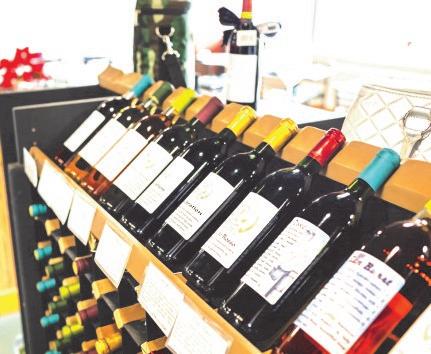
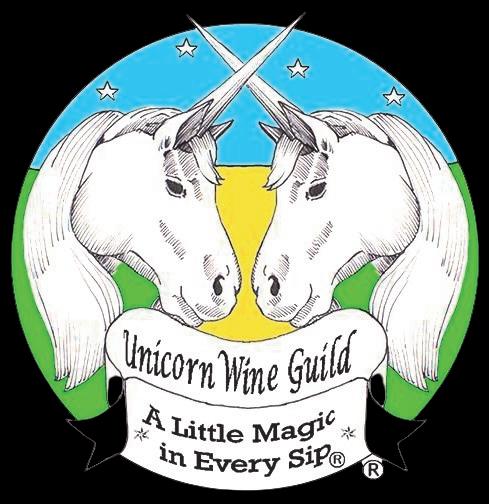


water, drain and set aside. Prepare the vegetables and herbs. Choose and prepare your protein and specialty ingredients.
To assemble:
Fill a large shallow dish with warm water. Dip one rice paper wrapper into the water for about 10 seconds until it's soft but still slightly firm (it will continue to soften while rolling). Lay the softened rice paper on a clean, flat surface. These are sticky; you may wish to use parchment paper as your preparation surface. Word of advice: Rolling these takes a little practice. Don't expect your first try to come out perfect. Remember, even the ugly ones are still delicious! In the lower third of the wrapper, place a small handful of vermicelli noodles, followed by a few pieces of lettuce, carrots, cucumber and herbs. Add protein and other ingredients.
Roll the salad roll:
Start by folding the bottom edge of the wrapper over the filling. Then fold in the sides tightly, followed by rolling it away from you to enclose the filling completely. The rolls should be snug but not too tight. Continue this process with the remaining wrappers and filling ingredients.
Protein and Specialty Ingredient Variations
Here are some delicious combinations to customize your salad rolls:
Shrimp & Avocado: Cooked shrimp (peeled and deveined), sliced avocado, lime juice for extra flavor.
Tofu & Mango: Firm tofu (pressed and sliced), ripe mango slices, fresh cilantro. Chicken & Peanut Sauce: Grilled chicken breast (sliced), shredded cabbage, drizzle with peanut sauce before rolling.
Pork & Pickled Veggies: Cooked pork (thinly sliced), quick-pickled carrots and

daikon radish, fresh mint.
Vegetarian Delight: Grilled eggplant and/ or zucchini, sliced bell peppers, fresh basil and a sprinkle of sesame seeds. Don't forget the dipping sauces! Here are a couple of quick options: Peanut Sauce: Mix peanut butter with soy sauce, lime juice and a bit of water to reach desired consistency. Hoisin Sauce: Simple and classic, just serve straight or mix with a little sriracha for heat.
Remember, you can prep the fillings in advance and assemble the rolls just before serving to keep everything fresh. To serve, keep the rolls covered with a damp paper towel to prevent them from drying out
So why not roll up your sleeves and give these vibrant Vietnamese salad rolls a try? They're a delicious way to beat the heat, nourish your body and satisfy your taste buds.

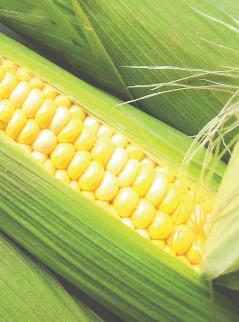

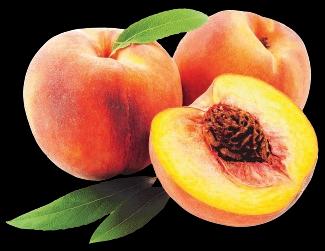



2123 Washington Blvd Belpre 740.423.5140 whypaymoreforyourfloor.com
Remember To Thank All of The Advertisers. They Paid for Your Free Tidbits®!
• Silk is produced by caterpillars of the moth species of the Bombyx mori genus, an insect that feeds on the leaves of mulberry trees. The silkworm moth lays more than 500 eggs in less than a week, each the size of a point of a pin, and weighing about 1/30,000 of an ounce (.0009448 grams.) The eggs hatch after 10 days, and the female dies shortly afterward. From the time it’s hatched until the age of one month, a silkworm’s weight multiplies by 10,000 times. The moth’s total life expectancy from egg to death is between 49 and 66 days.
• A silkworm cocoon is made of a single thread of protein fiber about 3,000 feet (914 m) long wrapped around the cocoon. About 3,000 cocoons are required to produce one pound (.45 kg) of silk.
• Workers boil whole cocoons in water for five minutes. After removing the cocoons from the water, a needle is used to carefully pick up strands. Then 4 to 8 filaments are twisted together to make a thread.
• The labor-intensive production process makes silk garments expensive. About 110 silkworm cocoons are needed to produce a silk necktie.
• Sericulture is the term for silk farming, the cultivation of silkworms in captivity to produce the fibers. Wild silkworms are no longer used to produce fabric, as they differ from the domesticated types in color and are less uniform in texture. Wild moths have been modified to be flightless.
• Silk’s density means that the fabric can absorb a third of its weight in moisture without feeling damp.
• Silk is for more than garments. It’s used in beauty powders and cold creams, fishing nets, and parachutes. Its use in bicycle tires contributes to a smoother ride and better traction. In India, it’s a sign of respect to cover dead bodies with silk shrouds.
(Continued page #7)


Friendly business services to meet your business' needs Kent Pyles & Lisa Johnson We Make Your Tax Season Not So Taxing! Payroll, Bookkeeping, Accounting, Tax Prep
811-B Grand Central Ave Vienna (in Front of Walmart) 304-917-3756 Walk-Ins Welcome

















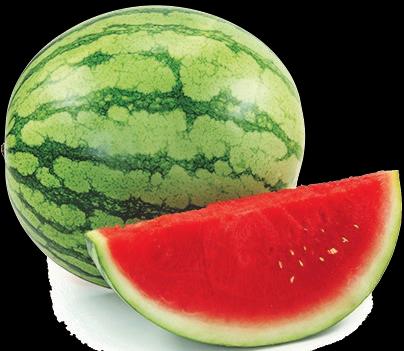
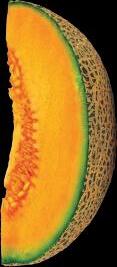






















DEAR PAW'S CORNER: I recently visited an older relative who owns two dogs. Here in the Northeast, air conditioningisn't common in older houses, and it's been fairlyhot for the past several weeks. When I went in, Isaw both her dogs were lyingdown and pantingbecause it was so warm inside. There was no water for them, so Ifilled up their bowls and added a couple of ice cubes to each one. Theyboth drank nearlyall the water. Please remind your readers that heat is dangerous for pets of all kinds, and even if they're at home and indoors, they're at risk. Sign me Concerned Cousin in Manchester, New Hampshire
DEAR CONCERNED: Thank you. You just reminded them, and you're absolutely right. Water needs to be available to pets at all times, indoors or out.
Heat injuries are no joke. They can permanently injure or kill pets (and people). While much attention has been given to not keepingpets inside cars during the warm months, there are more danger areas to be aware of. Never lock your pet inside a car, even if you leave it running. There are laws against this in many areas.
If your dog is out in the yard, make sure they have a shady area to rest with plenty of fresh, cold water. Monitor them frequently: every 10 to 15 minutes.
Homes without airconditioningcanget veryhot andstuffy, endangeringpetsofalltypes.Maintain airflowat alltimes withafanandopen windows,and alwayshavewateravailable
Outdoor recreation with a pet hiking, relaxing on the beach or playing at the park is fun, but be sure to bring enough water for them to drink. (Tip: Keep dogs away from still bodies of water, like ponds, during the hottest months. Algae and bacteria flourish at these times.)
When a pet shows signs of heat stress panting, lying down, whining or mewing get them to a cooler room immediately. If they don't improve, contact the veterinarian. Send your tips, comments or questions to ask@pawscorner.com. (c) 2024 King Features Synd., Inc.

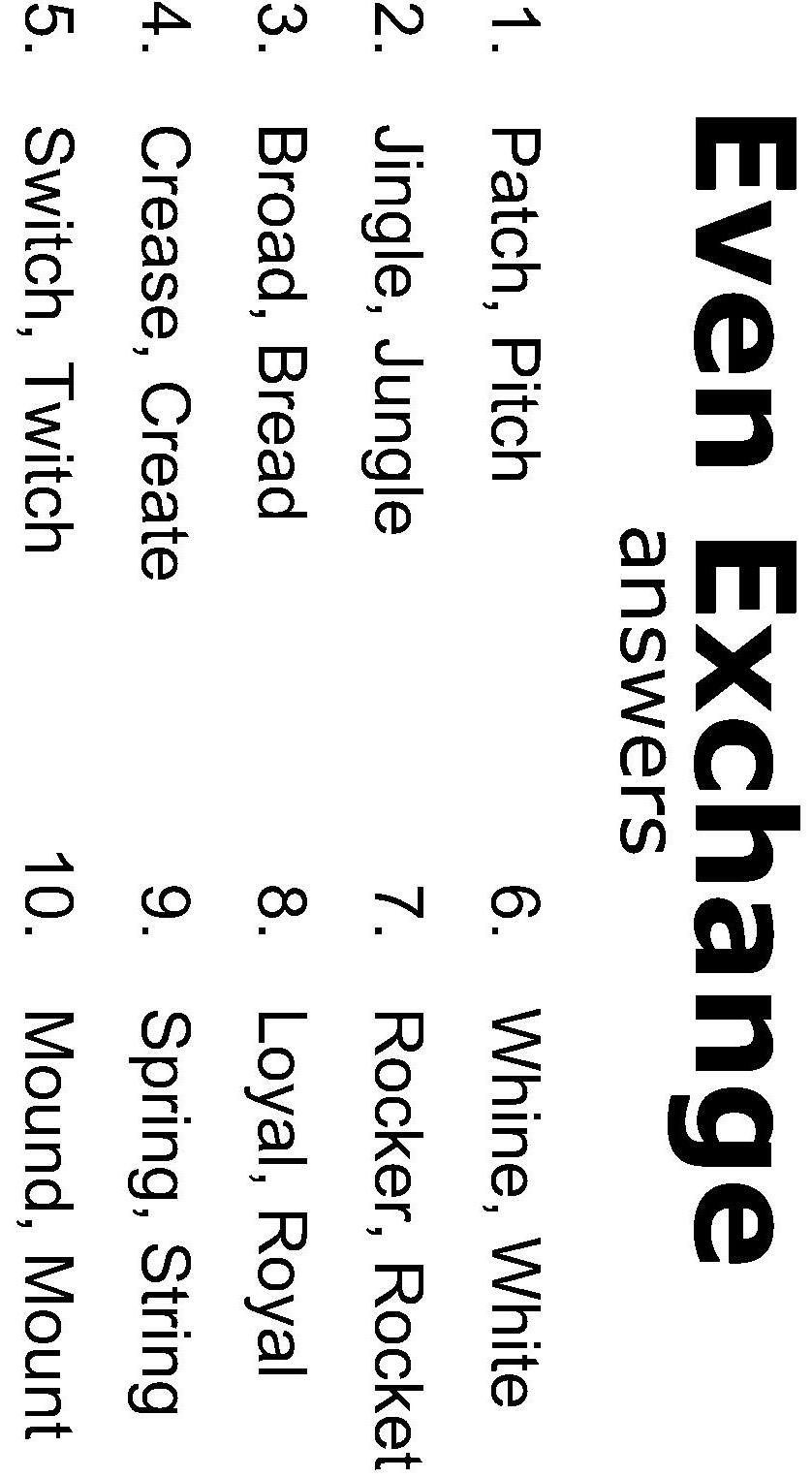











• Silk production began in ancient China, and silk fibers have been recovered from two tombs dating back about 8,500 years. Silk weaving was a major industry and one of China’s chief exports. The Chinese emperors made every effort to keep the knowledge of silk production a secret, and anyone caught smuggling silkworms out of the country was punished by death. China maintained a monopoly over silk production for thousands of years. Yet around 200 BC, the secret reached Korea and India in 140 AD.
• The Silk Road, a system of trade routes connecting China with Europe and the Middle East, was established around 130 B.C., officially opening trade with the West. Silk became one of the world’s first global commodities. Although silk was the most lucrative and sought-after product that was traded, livestock, grain, jade, spices, leather, tools, artwork, paper, and gunpowder also traveled along the route.
• Although China remains the world’s single largest producer and supplier of silk, providing about 75% of the world’s supply, India, Thailand, Korea, Brazil, Vietnam, and Bangladesh are also notable producers. China and India together produce 95% of the world’s supply. About 34 million people around the world are involved in silk production. More than ten million farmers in China cultivate silk.
• Silkworms die in the process of producing the threads, but their usefulness doesn’t end there. They are considered a delicacy by the locals, who prepare them by boiling, deepfrying, or stewing. Restaurants also serve them stir-fried in garlic and seasonings.




* Repair enlarged screw holes with a wooden golf tee. Use a hack saw to saw it flush, sand and finish!

* Punch holes in paint can rims with a nail so the paint that gets sloshed on the rim will drain back into the can. To seal the can, wipe the rim with a damp cloth, and rub it with a little petroleum jelly and cover with a piece of plastic wrap and tap the lid back into place.
* Here's a back-to-flu-season tip: If you have a fever over 100.4, a sore throat without cough or congestion, if you're sick for more than a week, have one-sided facial pain or dark-colored mucus or any nausea or vomiting, you should not only stay home from work or school (so you don't infect your friends), but also consider making an appointment with your doc or urgent care facility.
* "Keep baby wipes at your bedside table for those nights when you are just too tired to take your makeup off properly. A little is better than nothing. If you're guilty of this more than you care to admit, invest in a packet of eye makeup remover wipes." E.S.D. in Texas
* Sun protection shouldn't stop when the summer is over; the sun is still shining! If you have trouble putting sunscreen on your face, try this trick: Spray or smear it on a paper towel, then apply to your face. Use twice as much as you think you should, as some will get lost in the paper towel.
* While boating or fishing, tape small blocks of Styrofoam to your eyeglass arms so they will float if they go overboard. R.D. in Florida
Send your tips to Now Here's a Tip, 628 Virginia Drive, Orlando, FL 32803.
(c) 2024 King Features Synd., Inc.







